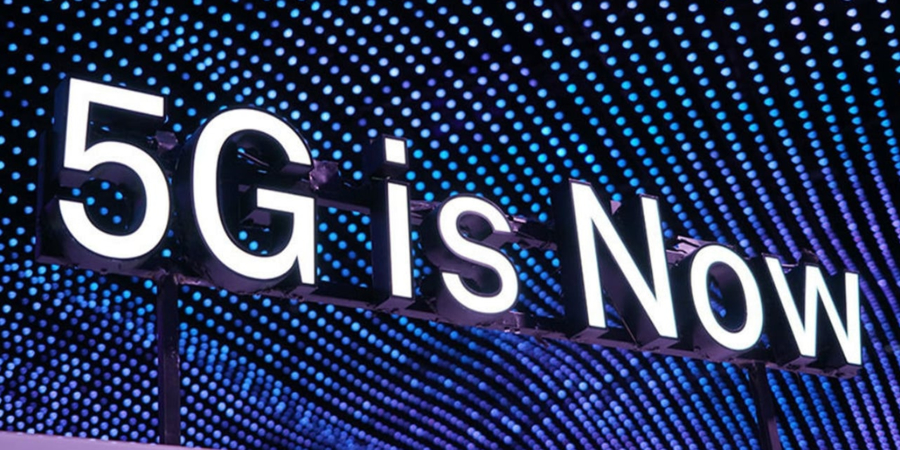A comprehensive new study compiled by Deloitte Consulting has indicated that China is trouncing the United States in the race to become the first country in the world to commercially deploy 5G networks.
The US and China are currently embroiled in a tense standoff in relation to trade, whilst the US has launched a sustained attack on Chinese telecommunication vendors Huawei and ZTE.
In the new study compiled by Deloitte has noted that China has deployed 350,000 new cell sites since 2015 compared with just 30,000 in the US. In addition to this, it has been highlighted that China Tower, which is the country’s leading infrastructure company added more sites in the space of three months in 2017 than US operators and tower vendors deployed in the last three years.
According to Deloitte that advantage in relation to cell sites could prove crucial in winning the race to deploy 5G networks commercially, as the rollout of 5G will require three-to-ten times the number of cell sites found in operators’ existing LTE networks. These types of densification efforts which have been commenced upon in China are an important step towards the next-generation technology.
The report has only served to back-up what US operators and industry associations have been stressing for the last number of years, which is that slow, costly deployment processes are gravely hindering 5G progress in the United States.
Deloitte Consulting found US operators would have to spend 2.67-times more than their Chinese counterparts to deploy the same amount of network capacity. The report concluded, “This disparity between the speed at which China and the United States can add network infrastructure and capacity bodes well for China’s prospects in the race to 5G and the services enabled.”
Operators and governments are aggressively pursuing strategies to be the first to 5G since the technology is expected to deliver a substantial economic boost. As Deloitte Consulting principal Dan Littmann explained in a statement: “The potential economic benefits of 5G will soon become a key differentiator for cities looking to attract both businesses and residents.”
However, the report noted the “promise of new revenue streams” from LTE deployments largely failed to materialize. Operators “all but abandoned the notion of revenue growth from LTE-enabled applications,” using the technology instead to lower the cost per-bit of data to maintain margins as traffic skyrocketed and ARPU dropped.





